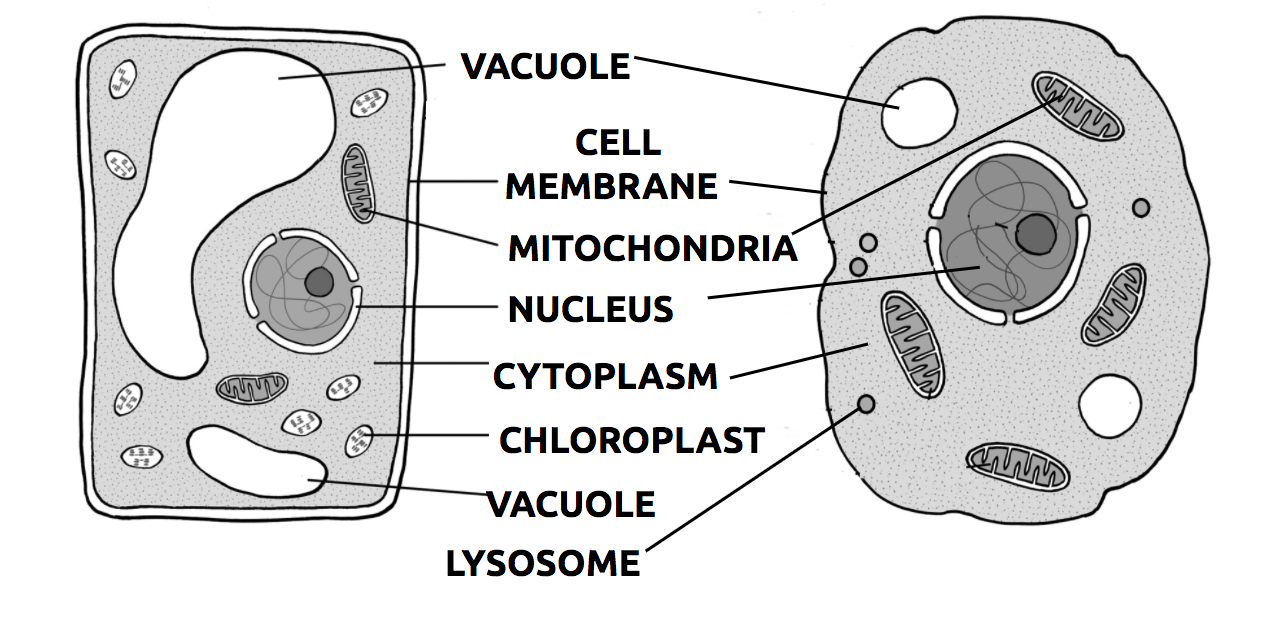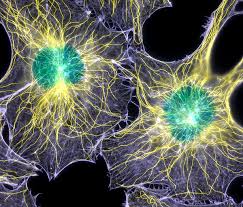Term 2 - Weeks 7 + 8
Section outline
-
PLAN & DO / WHAKAMAHI learning intentions:
- We are PLANNING to apply lab safety skills so that we can justify which food item(s) are the healthiest
- We are PLANNING to construct tables and graphs so that we can present our experiment results
PLAN & DO / WHAKAMAHI learning intentions:
- We are PLANNING... to grow seeds so that we can... practice looking after the trees we have planted and so we can understand what plants need to grow
Links to Holistic Report: We understand why we are learning and why.
Activities:
- Literacy -- Cell theory + cell parts comic (on Google Classroom) + answer the quiz, finish the MRS GREN poster
- Education Perfect - Living vs. Non-living things + cells
- BrainPop -- Cell video + quiz
- Hands-on activities -- planting seeds so we can examine how they meet the MRS GREN criteria over time, microscope work to view cells, make our own cells
- Demonstration: DNA extraction!
Success Criteria: I can/have...
- Choose one planting method and then plant seeds in preparation of making observations on its growth
- Correctly use a microscope to view and draw a variety of different cells so you can compare their shape and size
- Explain how the cell parts help the cell function and to keep the organism alive
- Extension: Prepare a cell sample to view under the microscope
- Microscope, organism
- Animal cell parts: nucleus, cell membrane, mitochondria, vacuole, cytoplasm,
- Plant cell parts: nucleus, cell wall, cell membrane, mitochondria, vacuole, cytoplasm, chloroplast


